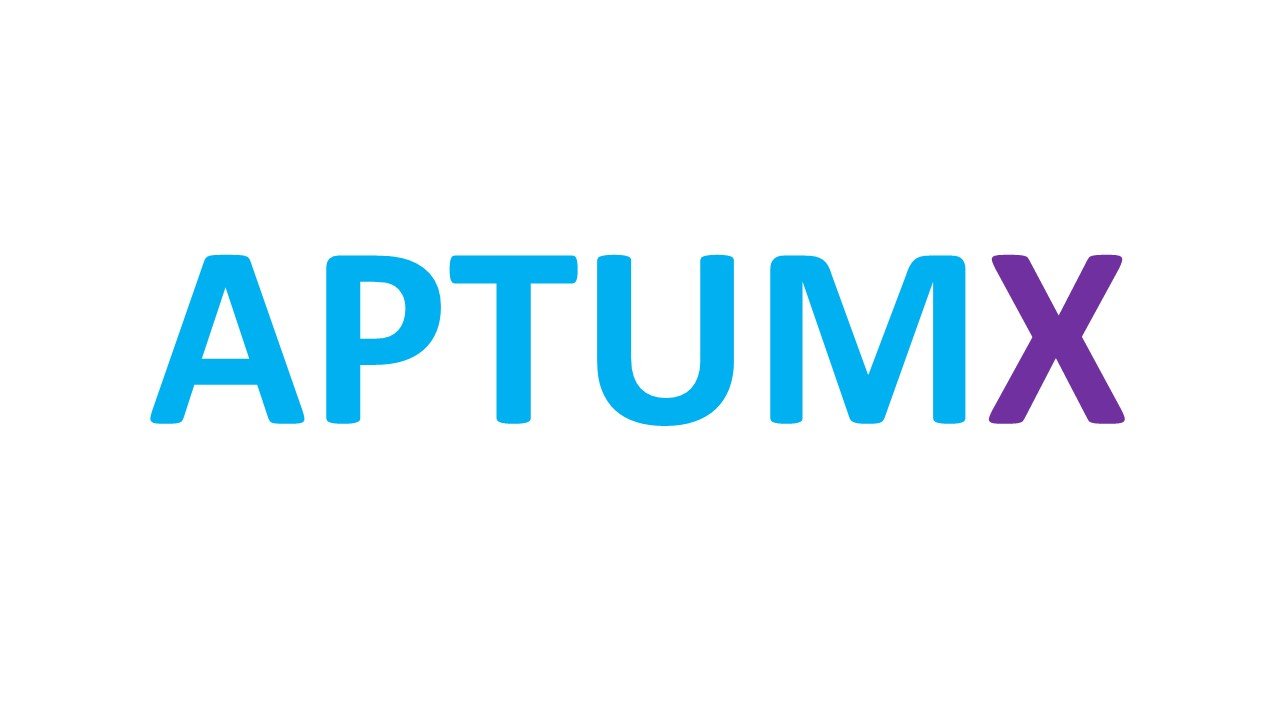Digitally connecting the Mid-Market with AptumX
A recent survey of 1,000 mid-market companies in Australia and New Zealand found widespread disquiet at the impact on cost and productivity of grappling with siloed, underutilised, outmoded and duplicated IT systems - unconnected islands of automation.
No surprise there. And I have no doubt that the same broad conclusions emerge from similar research in the UK, and any other country. The manifestation of the problems described will be familiar to anyone running or working in a mid-sized business – let’s say up to 1,000 people but probably many bigger ones too: the time wasted and errors caused by having to ensure accuracy of and alignment between systems, with a knock-on effect on the timeliness, accuracy, reliability and relevance of data and information and on the systems’ ability to provide that oft-quoted but to-date rarely realised nirvana of real-time information with which to run the business.
So, what to do about it?
Well, the two main problems cited in the survey will, again, be familiar to many. They certainly are to me – and they’re classic examples of problems that are really opportunities.
The first problem the survey report identifies is “[Mid-market companies] don’t have large IT departments to stitch together solutions.” Thank goodness for that, because “stitching together” siloed islands of automation causes more problems than it solves. The AptumX Digital Twin does away with stitched together solutions and the accompanying need to write new code, test the system and then try to integrate it with the array of diverse systems it is attempting to align. Instead, our Workflow Orchestration capability links systems and people who are carrying out end-to-end business processes, replicating what happens in real life and enabling clear understanding of how work flows through the business and how these flows can be simplified and rationalised to optimise outcomes. And because a Digital Twin is a model, all the components of the organisation that play a part in these processes are connected: you won’t be able to do or change anything unless you’ve captured not only the activities but the resources used in performing them and the spatial and organisational structure in which they take place.
From this comes insight into where each human role and each system fits into these end-to-end processes, where systems are not fit for purpose and need to be modified or replaced, which human roles should be automated and how human activity can be optimised through its interactions with technology – for example, allowing the system to determine which route a particular piece of work should take through the process, leaving the human to perform the role, supported by relevant technology and confident in the knowledge that what they’re doing is the right thing.
With understanding and simplification comes the insight necessary to identify how ways of working can be changed to improve outcomes, and that brings us to the second problem that the report highlights: “overall it was the effort required to change the way of working that was the biggest barrier to changing and updating systems.” So here’s a great idea: look at the problem completely differently. With your newly orchestrated workflows, human roles and systems, identify how you could change your operations for the better, “no change too big or too small.” Plan the change in your orchestrated Digital Twin system, 100% confident in the integrity of the changes you’re making because the Digital Twin model ensures all the relevant connections are in place; tweak anything minor that you didn’t get quite right, change the processes for anything more major – and the change is done.
AptumX is on the bow wave of a new generation of business software, in which decisions are taken in real time and systems are automated end-to-end, slashing operational time and dramatically boosting productivity. Isn’t it time you came for the ride?

